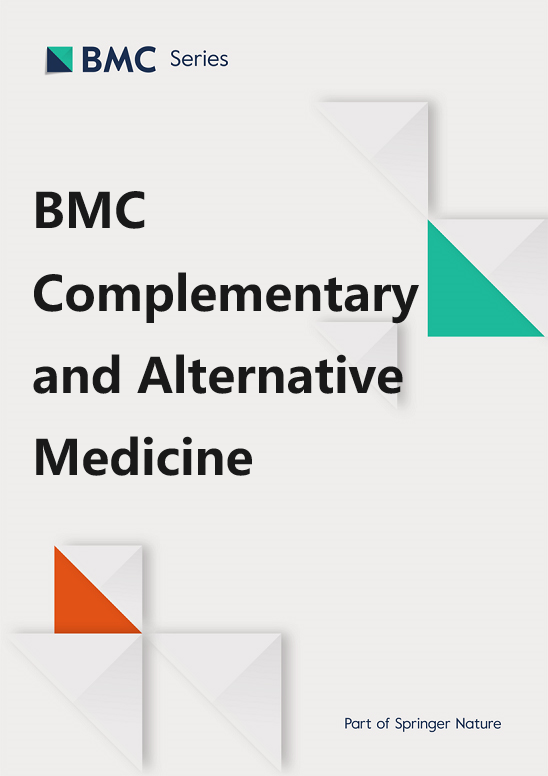Inhibition of IL-17 signaling in macrophages underlies the anti-arthritic effects of halofuginone hydrobromide: Network pharmacology, molecular docking, and experimental validation
IF 3.4
2区 医学
Q1 Medicine
引用次数: 0
Abstract
Rheumatoid arthritis (RA) is a prevalent autoimmune disease marked by chronic synovitis as well as cartilage and bone destruction. Halofuginone hydrobromide (HF), a bioactive compound derived from the Chinese herbal plant Dichroa febrifuga Lour., has demonstrated substantial anti-arthritic effects in RA. Nevertheless, the molecular mechanisms responsible for the anti-RA effects of HF remain unclear. This study employed a combination of network pharmacology, molecular docking, and experimental validation to investigate potential targets of HF in RA. Network pharmacology analyses identified 109 differentially expressed genes (DEGs) resulting from HF treatment in RA. Gene Ontology (GO) and Kyoto Encyclopedia of Genes and Genomes (KEGG) analyses unveiled a robust association between these DEGs and the IL-17 signaling pathway. Subsequently, a protein-protein interaction (PPI) network analysis revealed 10 core DEGs, that is, EGFR, MMP9, TLR4, ESR1, MMP2, PPARG, MAPK1, JAK2, STAT1, and MAPK8. Among them, MMP9 displayed the greatest binding energy for HF. In an in vitro assay, HF significantly inhibited the activity of inflammatory macrophages, and regulated the IL-17 signaling pathway by decreasing the levels of IL-17 C, p-NF-κB, and MMP9. In summary, these findings suggest that HF has the potential to inhibit the activation of inflammatory macrophages through its regulation of the IL-17 signaling pathway, underscoring its potential in the suppression of immune-mediated inflammation in RA.抑制巨噬细胞中的 IL-17 信号是氢溴酸卤夫酮抗关节炎作用的基础:网络药理学、分子对接和实验验证
类风湿性关节炎(RA)是一种常见的自身免疫性疾病,以慢性滑膜炎以及软骨和骨破坏为特征。卤夫酮氢溴酸盐(HF)是一种从中草药植物毛地黄中提取的生物活性化合物,对类风湿关节炎有显著的抗关节炎作用。然而,HF 抗 RA 作用的分子机制仍不清楚。本研究采用了网络药理学、分子对接和实验验证相结合的方法,来研究HF在RA中的潜在靶点。网络药理学分析发现了109个HF治疗RA导致的差异表达基因(DEGs)。基因本体(GO)和京都基因组百科全书(KEGG)分析揭示了这些DEGs与IL-17信号通路之间的密切联系。随后,蛋白质-蛋白质相互作用(PPI)网络分析发现了10个核心DEGs,即表皮生长因子受体(EGFR)、MMP9、TLR4、ESR1、MMP2、PPARG、MAPK1、JAK2、STAT1和MAPK8。其中,MMP9 与 HF 的结合能量最大。在体外试验中,HF 能显著抑制炎性巨噬细胞的活性,并通过降低 IL-17 C、p-NF-κB 和 MMP9 的水平来调节 IL-17 信号通路。总之,这些研究结果表明,HF具有通过调节IL-17信号通路抑制炎性巨噬细胞活化的潜力,从而强调了其在抑制RA免疫介导的炎症方面的潜力。
本文章由计算机程序翻译,如有差异,请以英文原文为准。
求助全文
约1分钟内获得全文
求助全文
来源期刊

BMC Complementary and Alternative Medicine
INTEGRATIVE & COMPLEMENTARY MEDICINE-
CiteScore
7.00
自引率
0.00%
发文量
0
审稿时长
3 months
期刊介绍:
BMC Complementary Medicine and Therapies is an open access journal publishing original peer-reviewed research articles on interventions and resources that complement or replace conventional therapies, with a specific emphasis on research that explores the biological mechanisms of action, as well as their efficacy, safety, costs, patterns of use and/or implementation.
 求助内容:
求助内容: 应助结果提醒方式:
应助结果提醒方式:


